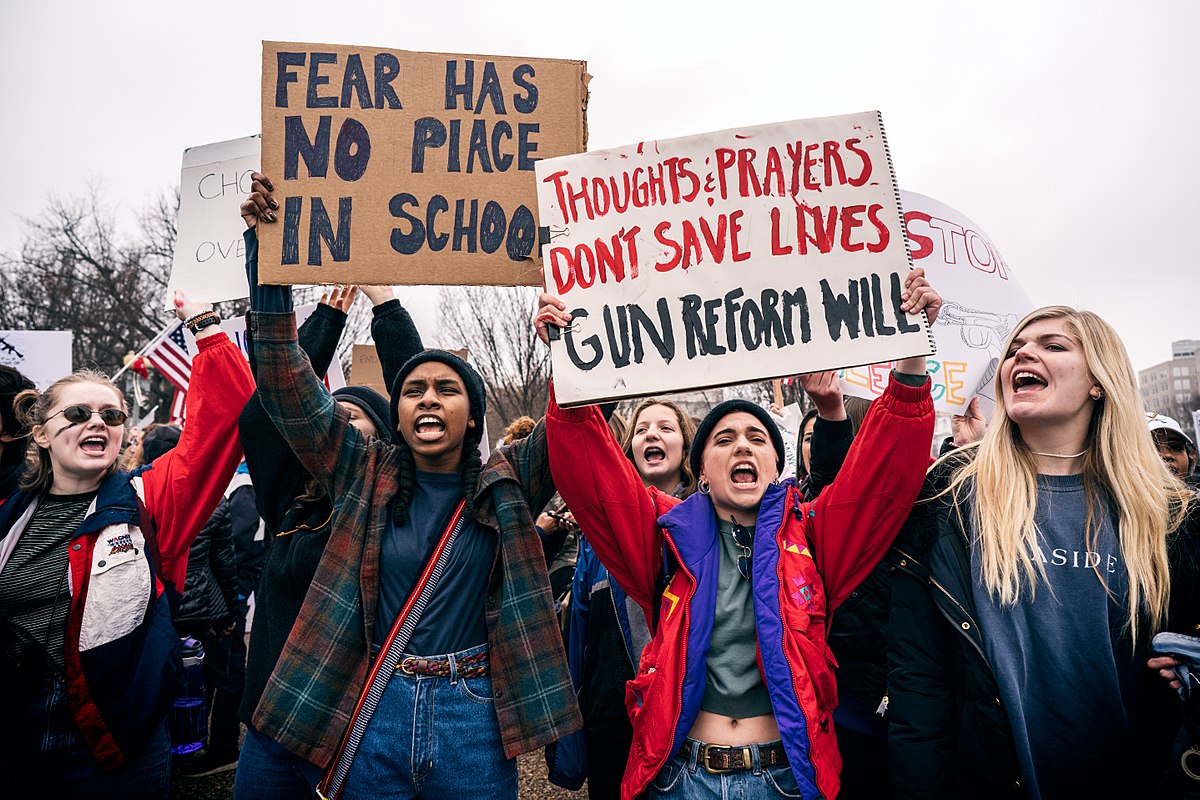Gun Control: Misguided attempts to curb gun violence
Community protection and a nuanced understanding of firearms.
Gun control is a controversial issue in the United States of America. Firearms are a crucial part of American Culture and have been since our founding. After gaining independence from the British crown, the founders wanted to ensure that the newly independent nation would be able to defend itself, and that desire is reflected in the second amendment to the constitution.
The second amendment reads “A well regulated Militia, being necessary to the security of a free State, the right of the people to keep and bear Arms shall not be infringed.” These words and what they protect are often at the heart of the debate, the meaning of these very lines are often picked apart in an attempt to decipher what exactly the founding fathers would have intended to protect with them.
My interest, however, lies beyond what a group of wealthy, white, colonizing, slaveholding men may or may not have intended to protect. My interest is in understanding what gun control would really mean for those most at risk of violence by both state and non-state actors, and specifically in advocating for the right to community protection. My interest is not in what the intention was, but rather what our intention ought to be moving forward.
Gun violence is a serious problem in this country. According to the University of Washington’s Institute for Health Metrics and Evaluation, as of 2019 the U.S. is ranked as the 28th-highest in deaths by firearms in the world. And according to the Gun Violence Archive, a total of at least 19,223 people lost their lives due to gun violence in 2020, an almost 25% increase from the previous year. This year, 6,503 people have died so far as a result of firearms according to the same source. It is clear that we need to work towards a solution to this issue, but too often the proposed gun-control measures are ill-informed, ineffective and even harmful.
President Joe Biden has proposed a number of executive orders, legislative restrictions and programs amongst other things with the intention of curbing gun violence. Banning “assault weapons” and high-capacity magazines. Enforcing more stringent background checks. Ensuring that all firearms sold in America are “smart-guns,” or firearms with technology that requires a fingerprint match before it can be fired. Stopping “ghost-guns,” or firearms that you assemble yourself, thus making it untraceable. Any of these “ghost-guns” can be obtained in two major ways: either buying a kit with the pieces to assemble a working firearm, or 3D printing the pieces yourself after downloading the plans.
These propositions fail to understand not only the root of the issue but the very thing they attempt to regulate.
The word assault weapon is often thrown around by those that advocate for stronger gun-control. Typically people are referring to semi-automatic or fully-automatic rifles when they use this term. However, this does nothing to actually help distinguish what kind of weapon is being described, so it is not a useful term when discussing firearms in any context. It only works to create a shroud of fear around the weapons, thus leading to greater misunderstanding. This contributes to the other sorts of proposed gun-control that we see based around scare tactics rather than knowledge.
Another commonly introduced gun-control measure are bans on “high-capacity magazines.” This is another term that often is not helpful nor accurate in its usage. Many of the current definitions of “high-capacity” include standard magazines in their definition, thus making some common firearms illegal. This is another practice that makes guns less accessible with little to no tangible benefit or increased level of safety.
The new fingerprint technology included in these so-called “smart guns” is expensive and ineffective. It only works to make weapons inaccessible and unreliable. Firearms would only be accessible to those that can afford the inflated cost associated with this technology, while also not being a reliable means of protection. The push for this technology to become standard is based on the fear of weapons “falling into the wrong hands,” which is problematic in and of itself and leads into another common problem with many gun-control measures.
The state is given a huge amount of power and discretion in the way that it decides who should be allowed to have a firearm and who should not. Background checks are a common tool for enforcing gun-control. This has been yet another tool of the state that is enforced inequitably. It has regularly been used as a means to over-police and disarm communities of color and also to discriminate against LGBTQ+ individuals.
Real, informed solutions to gun violence in America must take into account the inequality that exists, the need for protection and the overreach of the state being used against already disenfranchised groups that continues to be used against these groups to this day. The right to bear arms is especially important for disenfranchised communities.
Police cannot be trusted to protect the communities that they were created to eradicate. As such, we need access to a reliable means to do it ourselves, many of these forms of gun-control are not only ineffective but actively work to disarm the communities most at risk in our society. Gun-violence is a real problem in this country, but disarming those most at risk only creates vulnerable targets for this violence. We need solutions that are equitable and account for the need for protection.



